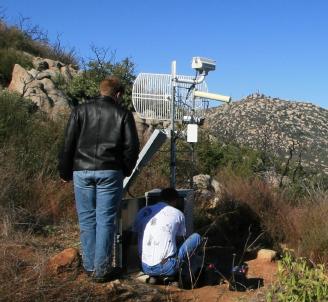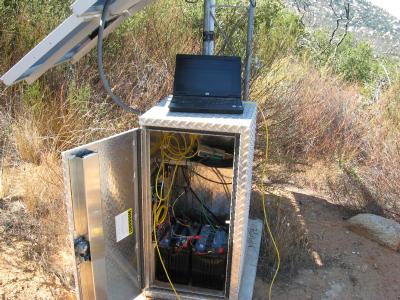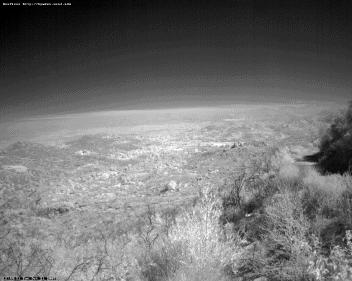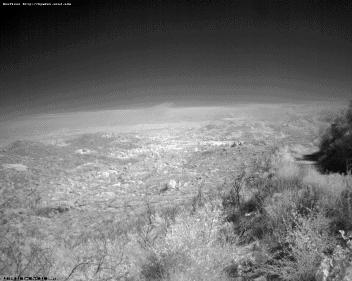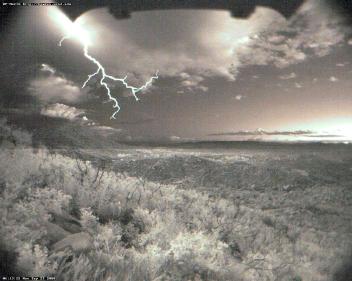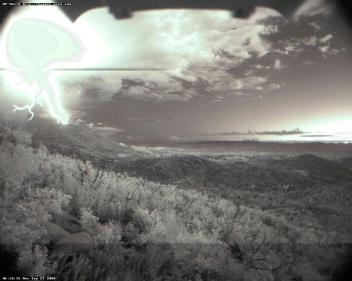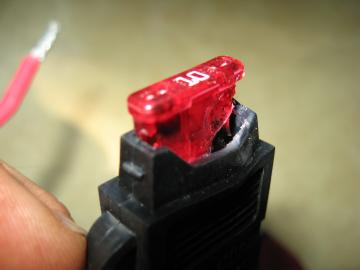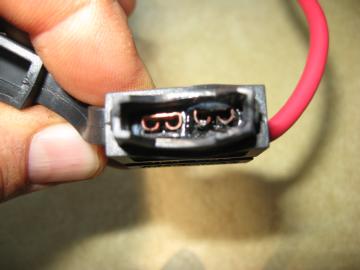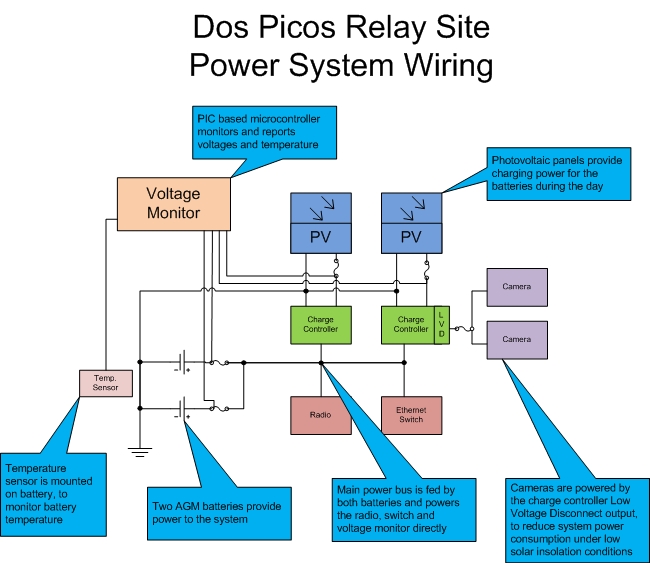
|
|
|
|
October 10, 2008
Networked status monitoring of HPWREN solar power sites By Jim Davidson, HPWREN collaborator
Since HPWREN was originally created, the project either created or was involved in a number of solar powered relay sites. Currently the only relays directly belonging to HPWREN are at Dos Picos and La Cima. In addition to hosting network cameras, these sites provide support to CalFire, for post-fire connectivity, or as "ready-to-use" sites for Incident Command Post deployment. Their continued functionality can be an important public safety issue in the event of a serious fire event in San Diego County. Many more solar powered sites connect to HPWREN, and are generally owned by HPWREN users. Well designed solar powered relay sites can be extremely reliable. As such, failures are rare and unexpected, but there are a number of potential failure points in a solar powered relay. Usually these are related to the hardware itself, aging batteries or insufficient sunlight. There have been some failures in HPWREN solar power charging systems that go undetected until the cameras or radio itself fail, rendering the relay partially if not completely unusable until the system is repaired.
Recently, the Dos Picos relay site suffered a failure which caused the solar charging system output to fall to half of it's normal power. In this case, a fuse holder developed a high resistance, causing the plastic fuse and holder to overheat and partially melt. The system failure was not detected until the charge controller Low Voltage Disconnect (LVD) circuit disconnected the power to the cameras, and their subsequent failure to answer 'pings' was detected by HPWREN monitoring processes. Inspection of the site revealed the failed fuse holder. Note that the system is designed to maintain radio contact even if the battery voltage drops below the LVD threshold, so connectivity to the site was not lost. The fuse holder was replaced.
This incident highlighted the need for a more pro-active method of monitoring the health of the power systems at remote HPWREN sites. There are a number of possible failure scenarios, many of which exhibit warning signs well in advance of actual system failures. In the case of Dos Picos, had battery and solar panel voltage monitoring been in place, the system could have indicated that the solar panel output voltage was low, giving the HPWREN team time to repair the system before the failure. What is needed is a very low power micro-controller with Analog to Digital inputs and an Ethernet interface. There are several examples available in the market today, one of which is the SBC65EC manufactured by Modtronix. This unit is based on a PIC micro-controller and provides 6 A/D inputs, 5 relay outputs and 4 opto-isolated inputs. Power consumption measures about 60 Milliamperes (or about .7 Watt at 12 Volts). As a simple experiment to test the concept, an SBC65 was installed at the Dos Picos relay site on 29 September, 2008. The system monitors both batteries and both solar panels individually and thus indirectly indicates the health of each of the two charge controllers. Data from the system is collected by a Perl script running periodically. Viewing the automatically generated charts quickly indicated a previously undetected issue with one of the charge controllers in the system: it appears to have failed with a 'short' between the battery and the panel. In normal operation, the panel voltage falls to 0 volts during the night. During the day, when the battery is fully charged, the panel voltage should rise significantly higher than the battery voltage. On this controller the panel voltage follows battery voltage very closely both during daylight and at night. Since some types of 'dark' solar panels can drain a battery and over-charging can damage the battery this failure could be serious. The failed charge controller was replaced, and the data now indicates a healthy system. A web interface to graphs of the collected data is available at Jim Davidson's web site. Next steps: One of the A/D channels in the SBC68 is dedicated to reading an LM35 temperature sensor, which is physically mounted to one of the relay batteries. This will allow the HPWREN team to monitor the charge state of the battery, as lead-acid batteries are very sensitive to changes in temperature. The HPWREN team will also add an SNMP (Simple Network Management Protocol) capability to the SBC65 firmware to simplify the capture of the data and improve the data capture and monitoring scripts accordingly. Data collection over time will help quantify the exact solar power requirements for future remote system installations. Additionally, testing to date has indicated an large amount of 'cross-talk' between analog channels. A small amount of additional hardware (for filtering and buffering the analog channels) will be added to improve the accuracy of the data collected. |
